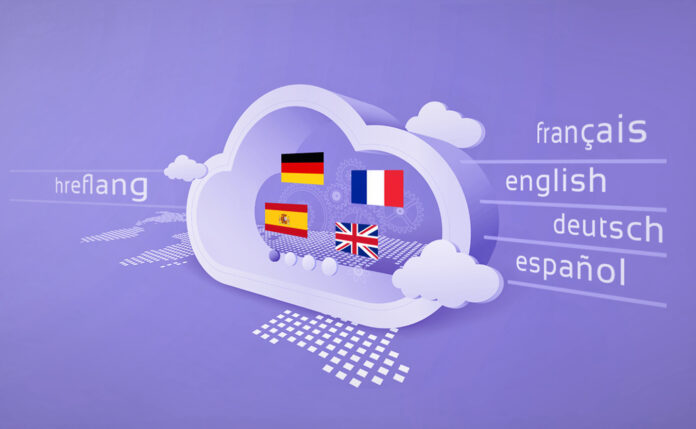Whether you manage a website for one region or language, or your SEO work spans multiple regions and languages, staying on top of your international SEO can be challenging. One way we can make life a little easier for you and create a great user experience for your website visitors is through hreflang tags or attributes.
When multiple language versions of your website exist, it can be difficult for Google to figure out where to send a specific audience. When we don’t manage our international SEO effectively, we could end up with our German-speaking audience looking at English content when the same content is available in German.
What is a hreflang tag?
At its core, a hreflang tag or attribute tells Google that multiple versions of your page exist for different languages. We can therefore use it to explain the linguistic and geographical targeting of a website.
For example, if we have a product that we only want to sell in Germany and The Netherlands, but not in the UK, we could use the hreflang tags to tell Google to only show that product page to German and Dutch website visitors and not the UK visitors.
However, Google only recognizes hreflang as a signal, not as a rule. Google could choose to ignore it. Google does say that it is better to tell them language- and region-specific web pages:
“Google might still find alternate language versions of your page, but it is usually best for you to explicitly indicate your language- or region-specific pages.”
A good example would be this:
| Web Structure | Language and Geography |
|
|
- <link rel=”alternate” hreflang=”en-gb” href=”http://en-gb.example.com/page.html” />
- <link rel=”alternate” hreflang=”en-us” href=”http://en-us.example.com/page.html” />
- <link rel=”alternate” hreflang=”en” href=”http://en.example.com/page.html” />
- <link rel=”alternate” hreflang=”de” href=”http://de.example.com/page.html” />
- <link rel=”alternate” hreflang=”x-default” href=”http://www.example.com/” />
The benefits of using hreflang?
By using the hreflang tags, you can give your content a global SEO push. Besides that, you can have content available in several different languages; you can also make sure your content is available for particular languages and regions.
Besides the above, there are two significant benefits to using the hreflang tag on your website.
First, you prevent duplicate content issues. If you do not use hreflang tags, your content might be seen as duplicate content, as Google does not see the difference. This could potentially hurt your rankings. hreflang helps you avoid penalties associated with duplicate content between all your different language sites.
Second, and perhaps the most critical factor is improving your user experience. When we have content on our websites explicitly written for people in their language and is easy to find, it will lead to better page rankings.
Can I implement hreflang myself?
Implementing hreflang on your website can be done if you have some basic understanding of coding and HTML and you have a relatively small website. However, for websites that feature hundreds, or even thousands of pages in different languages, you are likely better off asking the help of an expert.
Why? All hreflang attributes should refer to themselves. For example, for each alternate attribute, you add a URL for a specific region and language; there should be a canonical attribute for that page. When you have different versions of the same page, they can prevent duplicate content problems. For instance, you may have a print and an original version of the same page, session IDs or colour variations of the same product.
See a case study on how introducing hreflang tags lead to a 150% increase in impressions and substantial increase in website traffic and sales.
Although implementing hreflang to your website might seem daunting and could potentially be a large amount of work, the benefits outweigh this. You could potentially see a massive upturn in traffic, while your website could rank much higher.
Find a Home-Based Business to Start-Up >>> Hundreds of Business Listings.

















































